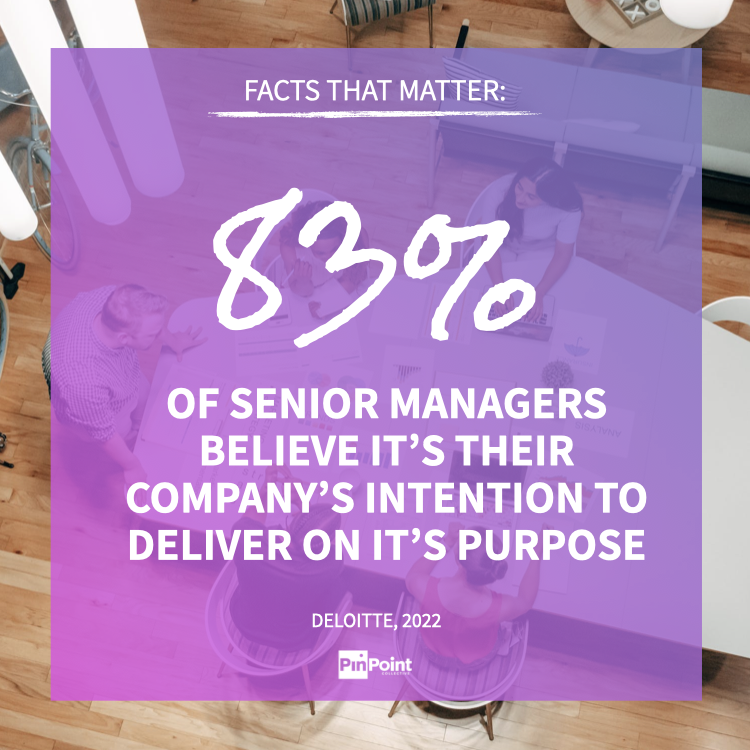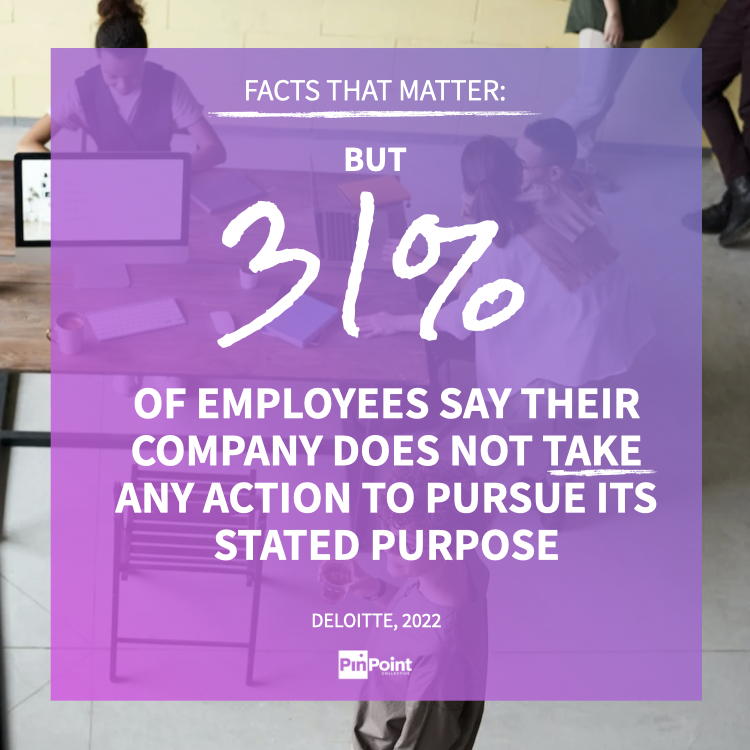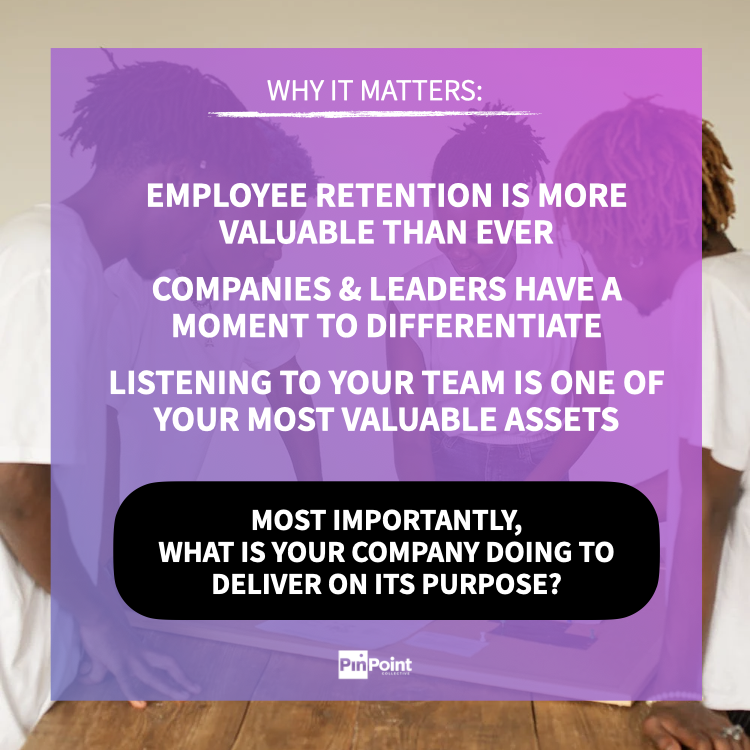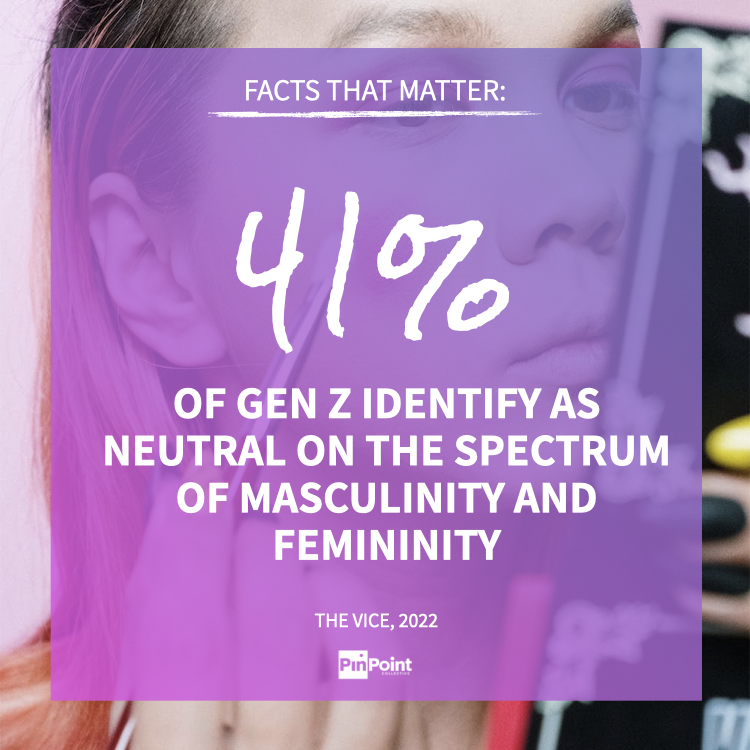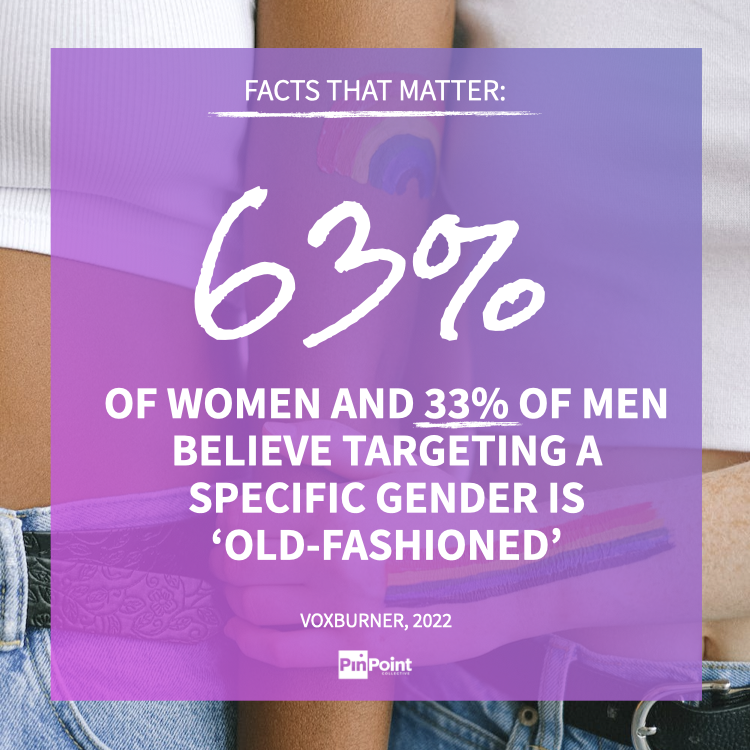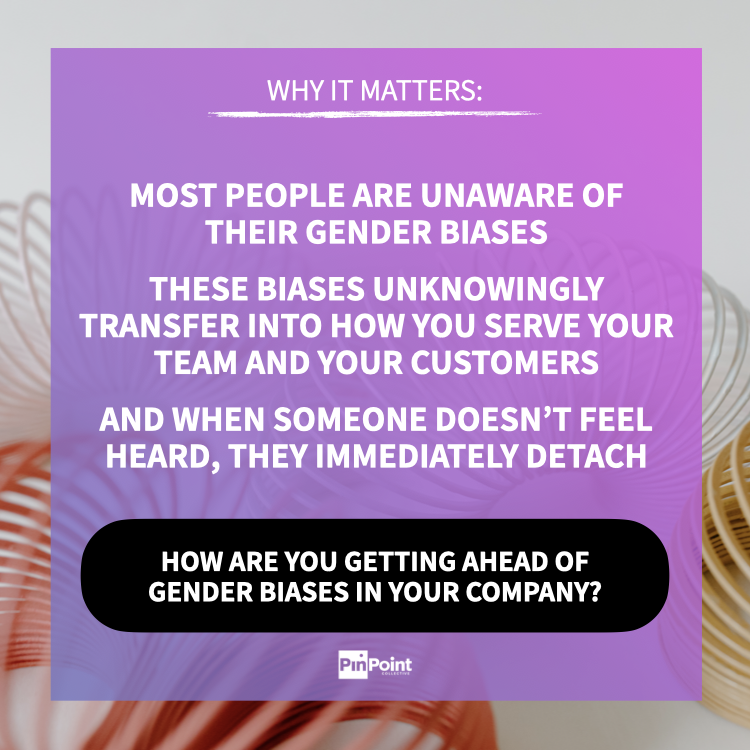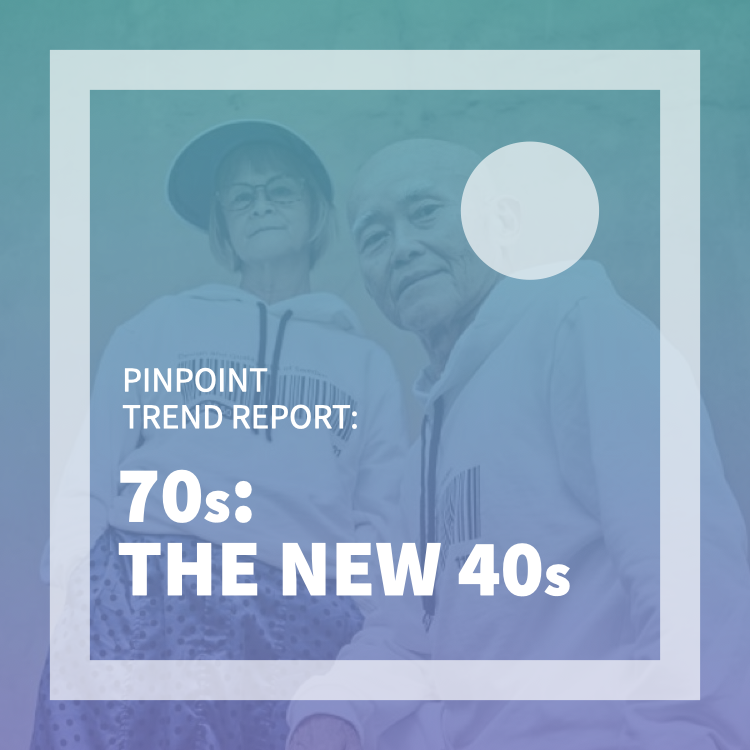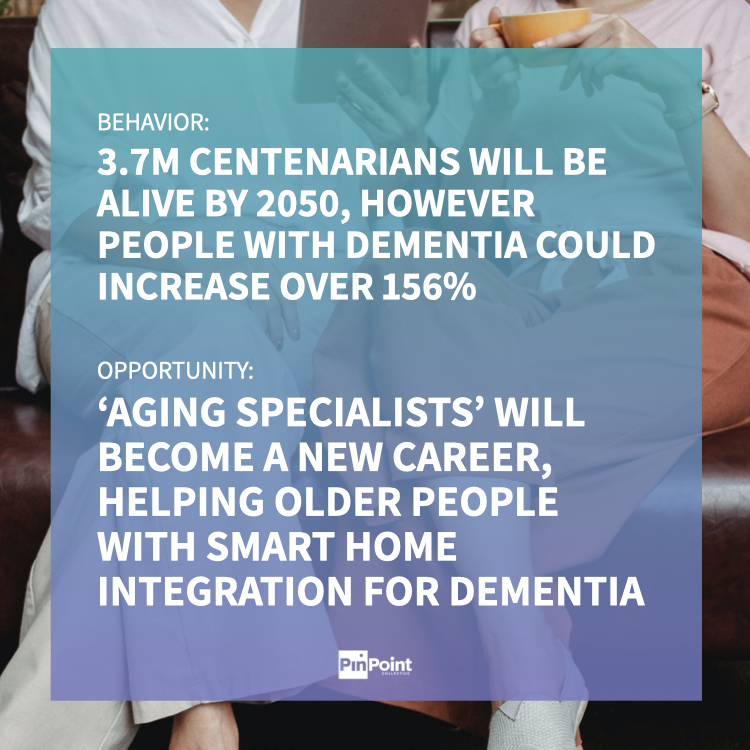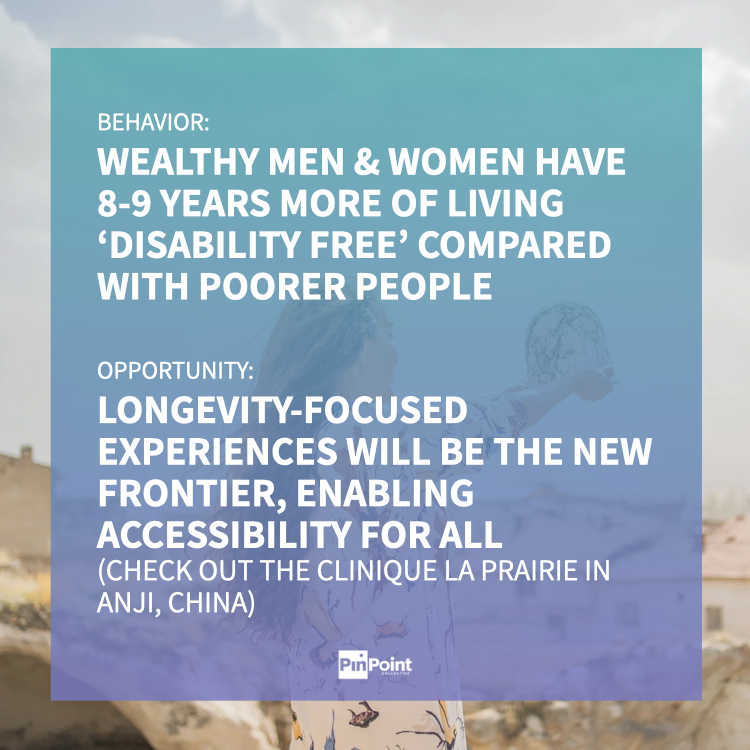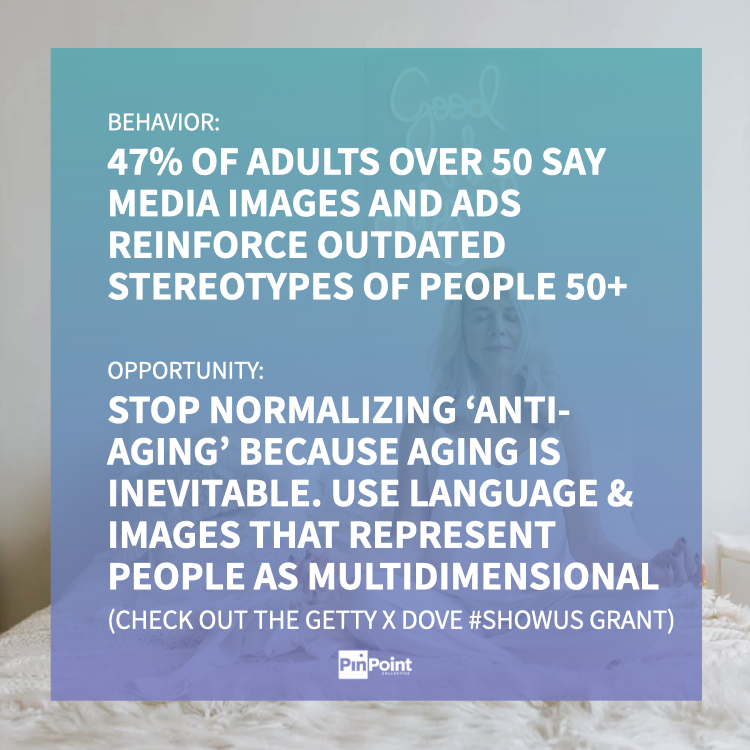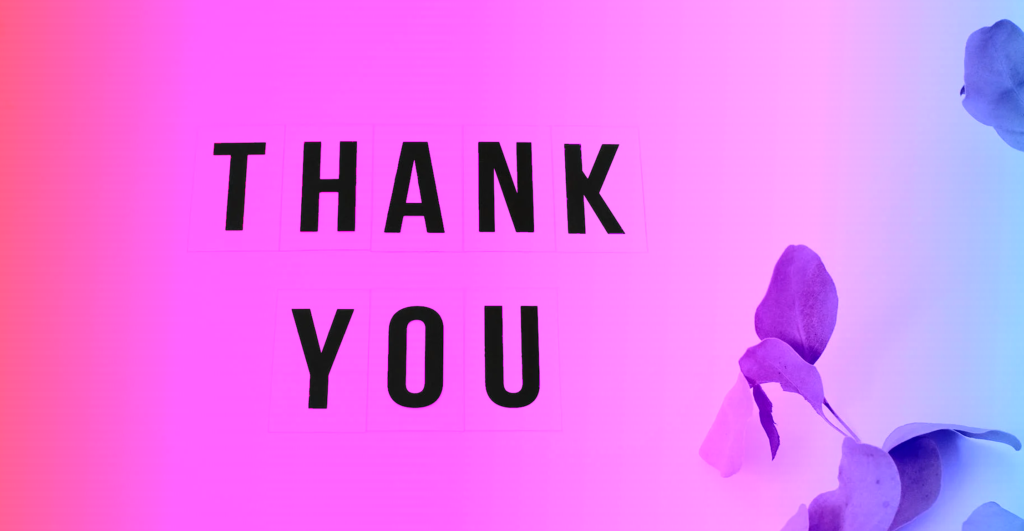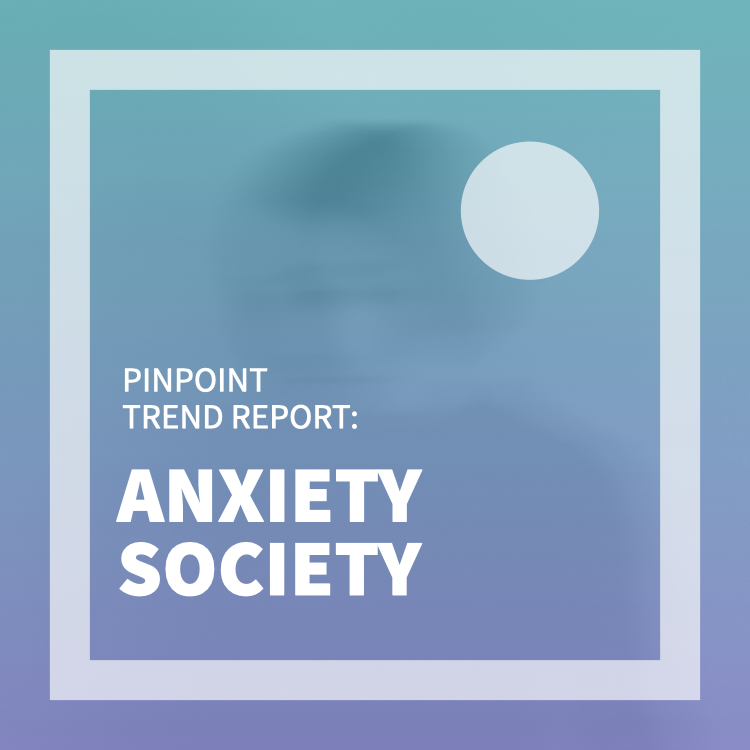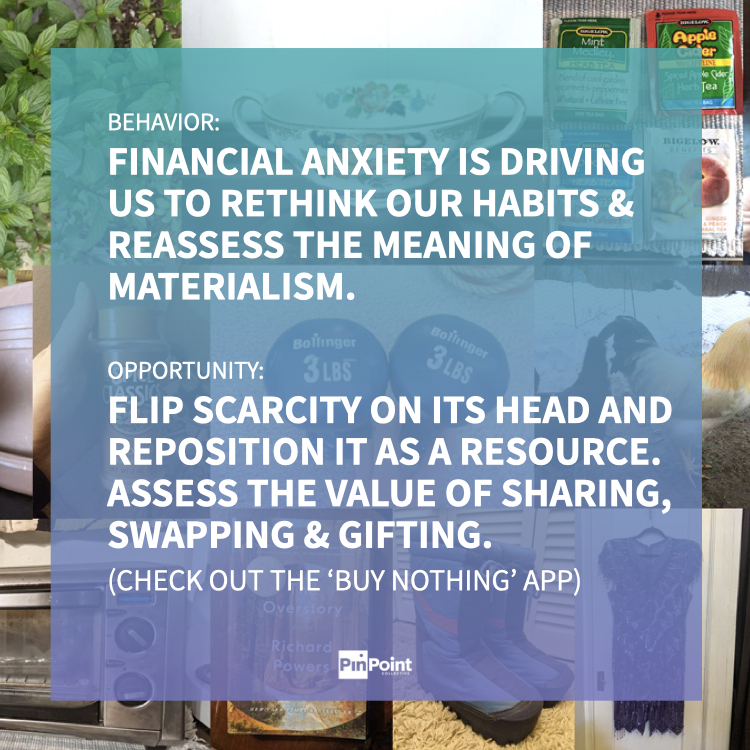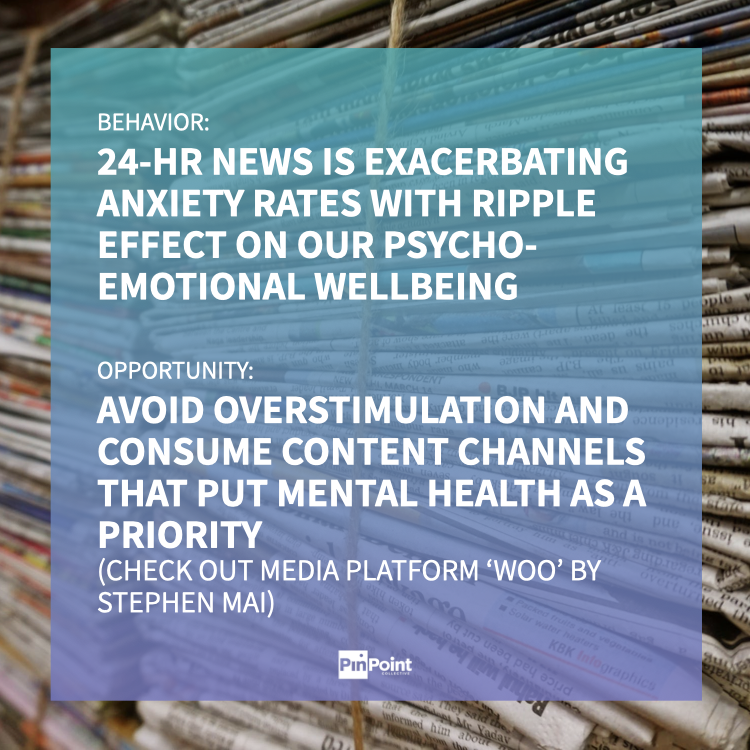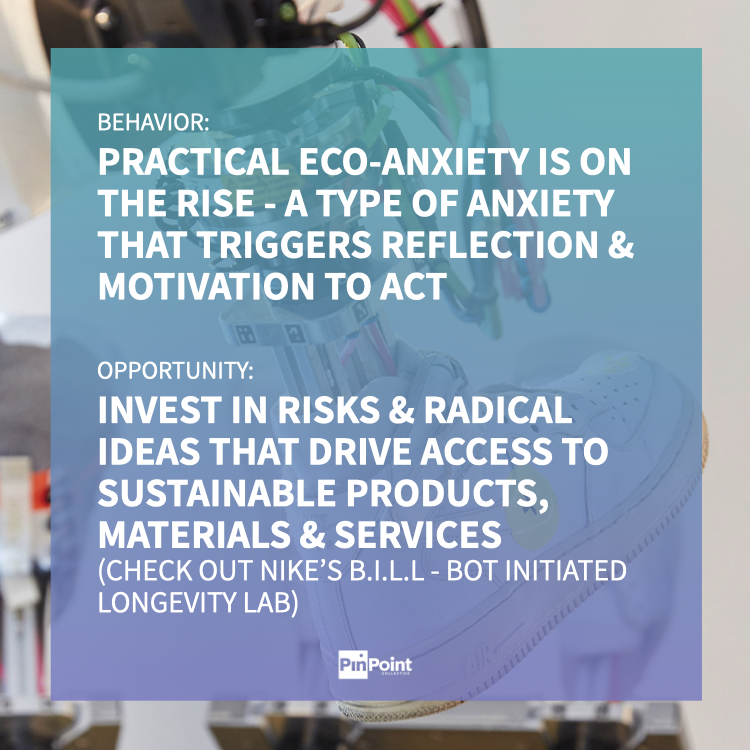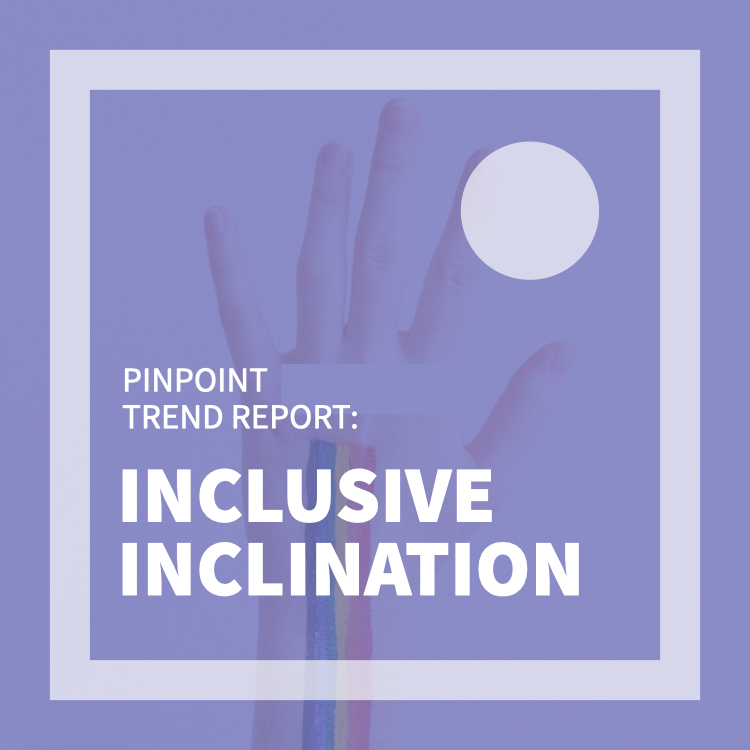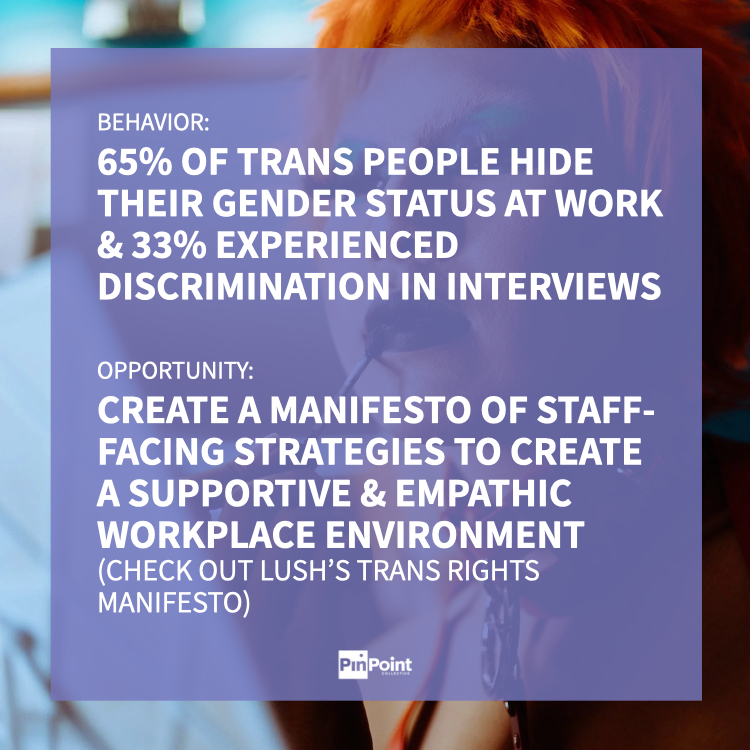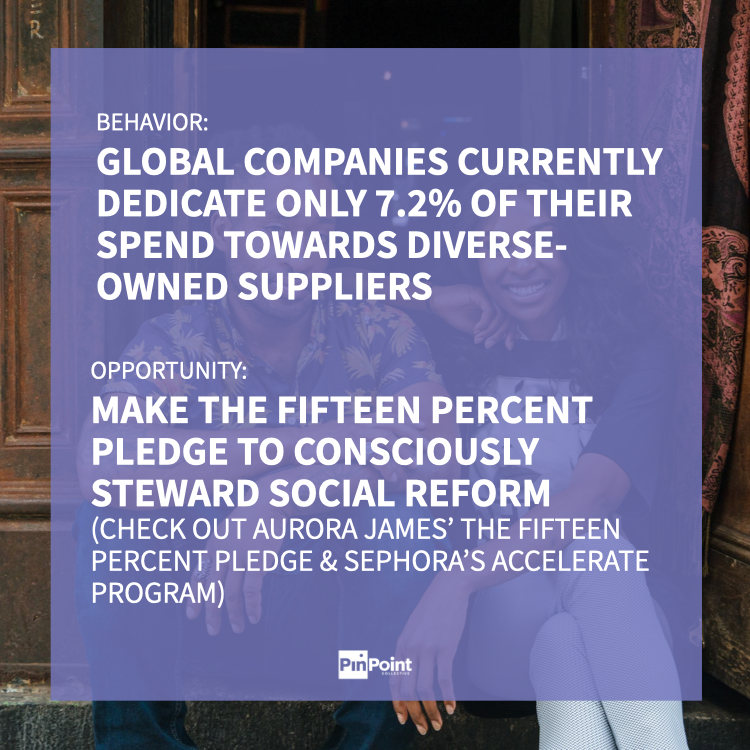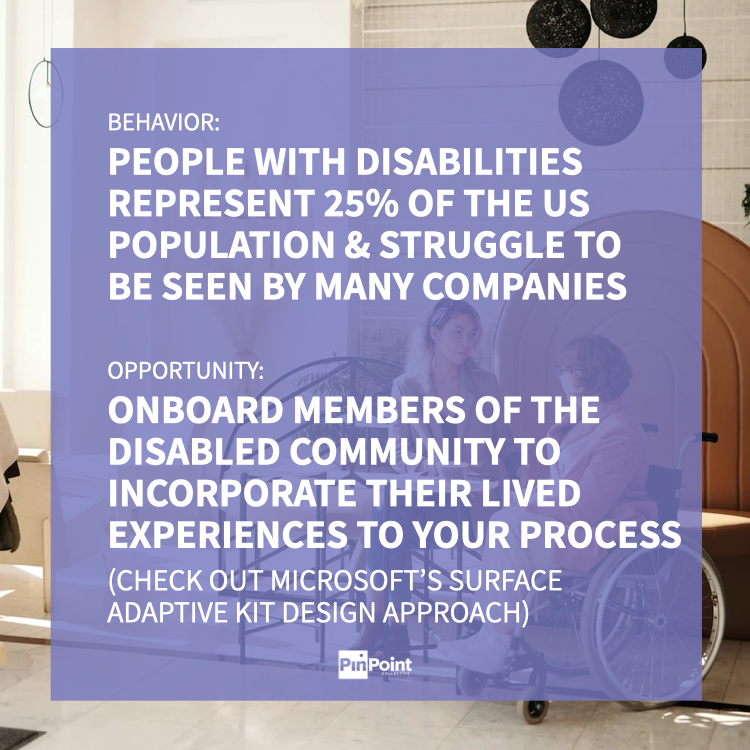The What, Why & How of Pins
As we kick off this new year, recognizing the many new faces reading our tidbits than just a year ago, we thought it would be a great time to re-highlight our ‘Pins’. Where did they come from? What the heck are they? And ultimately how do they define PinPoint’s business today? So many questions, lots of answers.
“Where did Pins come from?”
We’re going back to the B.C. days (Before Covid). It’s 2018. Design Thinking has been around for nearly 50 years and yet, it’s still a fairly nebulous process. Faith and Stacy found themselves at the tail end of starting an in-house design thinking team for one of the world’s largest food providers in sports & entertainment – the joint venture they pursued following their time together at an innovation consultancy in Chicago.
As Faith describes it, the two locked themselves in a room and by the end of the day, had a business, a model, a name and (at least the start of!) a logo. It was officially the day ‘Pins’ were born. However, our founders don’t pride themselves on how fast they created Pins, but rather why they did. The notion of Pins came as fast as it did because (novel idea) Faith and Stacy applied design thinking to design thinking. They unpacked the many pain points businesses had with the design thinking processes of their past – from cost of entry to the ambiguous outputs that ended up attracting dust in a desk drawer.
Pins were created to be design thinking modules – each a bite size process with a distinct and actionable output – that businesses could dip their toe into and, overtime, string together for either a specific project need or longer term partnership. Spoiler alert – Pins disrupted in ways even our founders couldn’t have imagined at the time.
“Cool cool… but really, what is a Pin?”
Pins are the simplest way for companies to show up for their audience – we mean deeply, empathically, authentically show up. In today’s society, it is no longer enough for executives to sit around a boardroom making decisions based on what they ‘THINK people want.’ When PinPoint was founded, Pins were thought of as a way to advance design thinking into what we call Equity-Centered Innovation (more on that here!). In its simplest terms, Pins enable representation of underrepresented audiences by incorporating their voices into the design process, allowing their voices, context, and needs to directly influence goals and outcomes that they ACTUALLY need.
So with that being said, think of a Pin as a square. Within that square is one singular equity-centered process (ie. one-on-one qualitative interviews) with a singular output. On its own, a Pin provides concrete insight. However, when strung together with other Pins, they work together to create valuable equity-centered strategies and human-centered designs. For a specific project, it may take anywhere from 2-8 Pins based on the need. And for year round support, it may look like 1-2 Pins/m for consistent and iterative innovation.
We designed 12 unique Pins, each a specific process with its own actionable output, that fall into four categories:
- Quantitative Research where we unpack an audience’s demographics, their psychographics, and an industry’s competitive landscape
- Qualitative Research where we walk in the shoes of that audience to uncover the ‘why’ behind those numbers and the reasoning for behaviors
- Innovation Worksessions where we bring industry experts around the table to learn from, ideate & prototype with
- Design Strategy where we concept equity-centered business models, brands spaces, products, and digital tools with a reason behind every design decision
Our only requirement is that at least one Quant, Qual or Worksession Pin be complete before kicking off a Design Pin. Why? Because without equity-centered data or research to drive decision making, you’re just another person in the room with an unconsciously biased opinion.
“So how long does it take to complete a Pin? And how many do you do?”
Through years of experimenting, tweaking, and refining, our Pins have allowed us to innovate how we resource our team. Nearly to a science (with some art thrown in there), we’ve designed each Pin to take 1-month to complete. What that means is that we can fill our team roster with a mix of full time and, what we like to call, flex time Research Strategists. A full time Strategist will work on three pins simultaneously, while a flex time Strategist might work on one or two pins in a given month.
Why is this important to us? Because more lived experiences on our team means more diverse perspectives in our work. Pins have allowed us to hire new moms, educators, and industry leaders looking to challenge themselves in ways a typical 9 to 5 wouldn’t allow. This diversity in lifestyle has led to deeper empathy within our team and within our work – while also disrupting the hiring model and giving opportunity to brilliant minds who need their brilliance shared with the world.
The last piece to the internal puzzle is the Pin Pipeline. When Faith & Stacy started PinPoint, they were determined not to let profit drive the business. Profit-able, of course, but money above impact was not an option. Over the years, we have experimented with 3, 5, 8, up to 10 Pins running concurrently before finding our sweet spot for 2023. This year, our Pin Pipeline may be condensing to 6-Pins per month, but it means the quality of our outputs and the level of our impacts will match what our team and our change makers deserve.
“What does it take to snag a few of those Pins?”
1. Be a change maker! 2. Commit to not only listening, but evolving based on what your audience has to say and 3. Reach out! Since limiting our Pipeline for 2023, Q1 filled up in a heartbeat, but we are committed to making sure the rest of our 2023 project roster, like our team roster, remains varied and diverse. We wholeheartedly believe equity-centered innovation happens not when we isolate within a single industry but when we cross-pollinate learnings from one industry to another.
So whether you are developing a new makeup line or reinventing your healthcare brand or building a new office space – let us know! We want nothing more than for our Pins to expand our collective knowledge, together. Here’s to creating a better future from pain point to PIN points.
